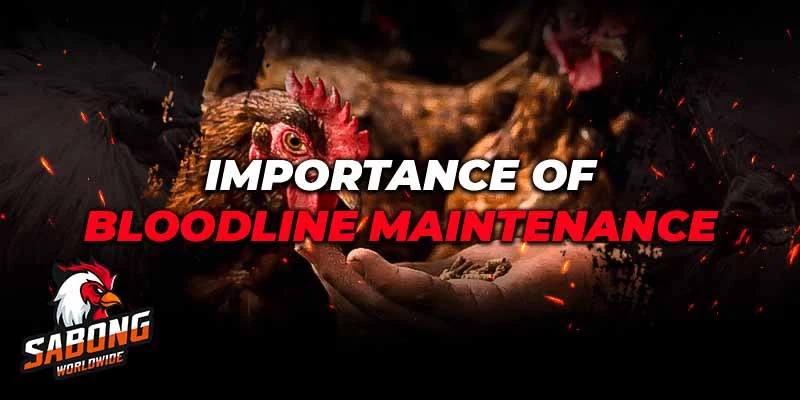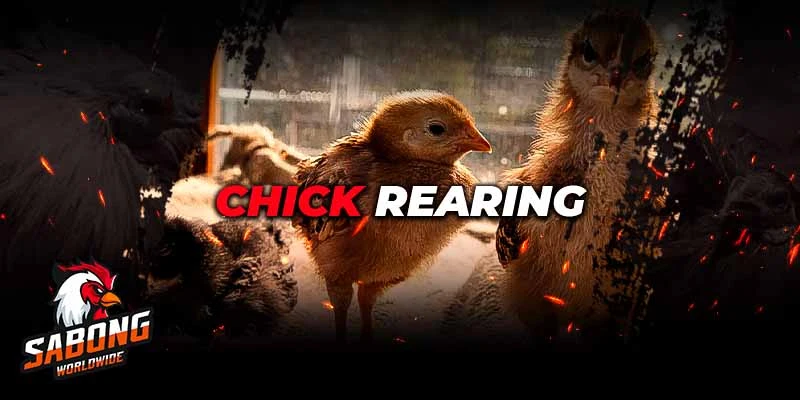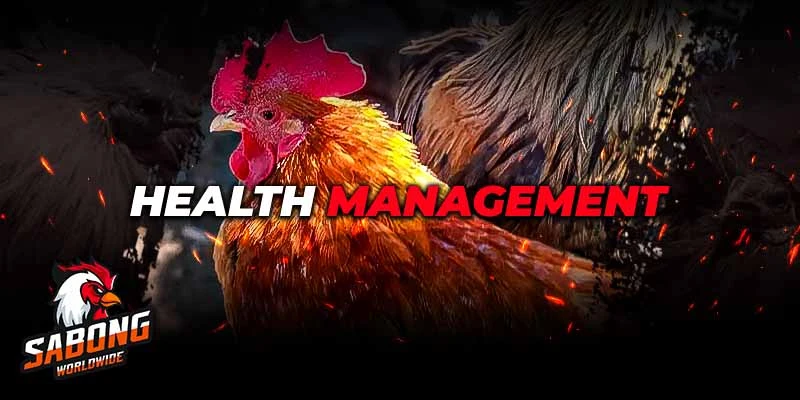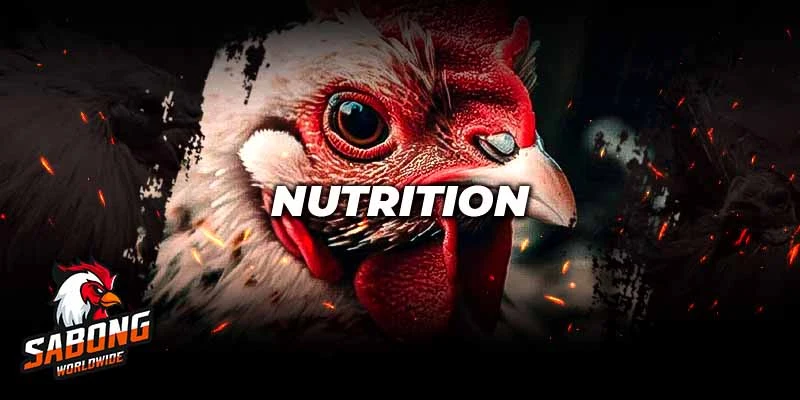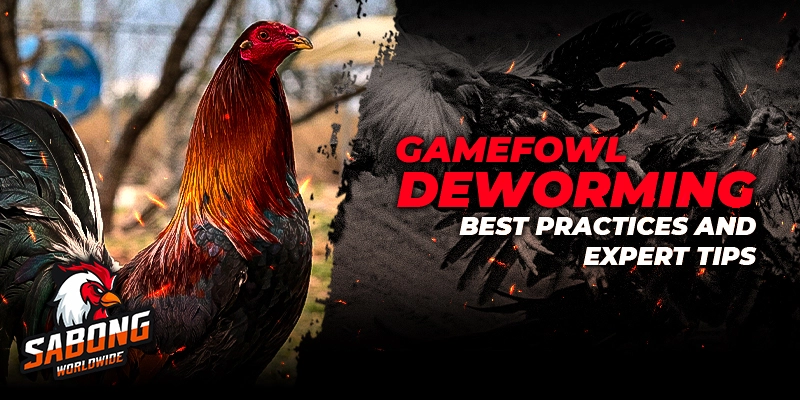As gamefowl breeders, maintaining our bloodlines is extremely important. A strong, pure bloodline allows us to keep the special traits that make our fowl great—like gameness, physical strength, and fighting ability. Each bloodline has a unique history and promise of excellence that we must protect.
Proper bloodline maintenance requires carefully planned breeding and introducing new bloodlines at the right times. It’s not just simply breeding birds together. We must deeply understand genetics, breeding strategies, and the little details that shape each strain of fowl.
Importance of Bloodline Maintenance
As gamefowl breeders, maintaining the purity and integrity of our bloodlines is of utmost importance. A well-managed bloodline ensures the preservation of desirable genetic traits, such as strength, aggression, endurance, and overall gameness. It also helps to prevent the introduction of undesirable characteristics that could compromise the performance and quality of our fowl. Proper bloodline maintenance is important for sustaining the legacy and reputation of our breeding program.
Breeding Techniques
Now that we understand the importance of maintaining bloodlines let’s explore the breeding techniques used to achieve this.
Linebreeding Strategies
One of the best tools we use is linebreeding, which means breeding closely related birds within the same bloodline. This allows us to strengthen and lock in the good traits we want while limiting the introduction of new traits.
There are a few different linebreeding methods:
- Top and Bottom: We mate the offspring of an outstanding male (top) with the daughters of another top male (bottom) from the same line. This combines the best of two elite individuals.
- Double Bred: Here, we mate a top male’s offspring to his daughters or granddaughters, intensifying that male’s genes in the offspring.
- Outcross: Sometimes, we’ll bring in an unrelated but compatible bloodline through outcrossing. This adds new genetic variety while keeping our main line’s core traits.
Inbreeding vs. Outbreeding
While linebreeding is useful, we have to balance inbreeding and outbreeding carefully. Too much inbreeding can cause problems like lower fertility and more genetic defects. But outbreeding by bringing in unrelated lines can negatively impact the good traits we’ve worked hard to develop.
We use pedigree analysis to plan the right degree of relatedness for intelligent breeding that leverages the strengths of both inbreeding and outbreeding.
Outcrossing
As mentioned, outcrossing is important in maintaining overall genetic diversity in our breeding program. Carefully bringing in new bloodlines adds fresh genetics, increases vigor, and reduces risks from too much inbreeding.
But outcrossing has to be planned extremely carefully. We evaluate the new line’s traits to make sure they complement our main line and uphold the qualities we need.
Genetic Diversity
Beyond selecting breeding stock, ensuring genetic diversity within our bloodline is important. Here’s how:
Maintaining Genetic Variation
Good genetic diversity is essential for a healthy, sustainable breeding program. A lack of diversity leads to issues like inbreeding, depression, lower fertility, and more vulnerability to diseases and environmental stresses.
To keep diversity high, we use methods like:
- Pedigree Tracking: We keep detailed records of each bird’s pedigree and relatedness. This information guides our breeding choices, as we breed only somewhat related birds.
- Population Size: We aim to keep our overall breeding population relatively large to prevent a shallow gene pool and maintain more variation.
- Strategic Outcrossing: As covered earlier, we’ll occasionally make planned outcrosses to bring in new genetics.
Pedigree Tracking
Tracking pedigrees thoroughly is the foundation for managing genetic diversity well. Our records include:
- Individual ID: Each bird gets a unique band number or name for identification.
- Hatch Date and Parents: We record every bird’s hatch date and parent IDs.
- Physical Descriptions: We note details on the bird’s conformation, feather patterns, and any distinct traits.
- Performance Data: We track competition performance, fertility rates, and other important data.
- Breeding Details: We record all mating pairs, egg production numbers, hatch rates, and breeding observations.
- Health History: Each bird’s medical issues, treatments, or preventative care are documented.
Detailed pedigree records allow us to make smart breeding choices, monitor bloodlines over time, identify weaknesses, and preserve overall diversity.
Record Keeping
Effective bloodline management relies heavily on keeping detailed records. Let’s explore what information we should track:
Pedigree Documentation
Keeping excellent breeding records is critical for proper bloodline maintenance. We keep in-depth pedigree records as a historical record of each bird’s genetic lineage and ancestry.
These include:
- Individual ID (band number, name, etc.)
- Hatch Date and Parents
- Physical Descriptions (body traits, feather patterns, etc.)
- Performance Data (competition results, fertility, etc.)
- Mating and Breeding Details (pairs, egg numbers, hatch rates)
- Health History (any illnesses, treatments, prevention)
Up-to-date pedigree documentation allows us to make informed breeding decisions, track bloodlines over time, and identify improvement areas.
Performance Records
Beyond pedigree data, we carefully record performance details like:
- Competition Results: Wins, losses, and notable performances in any events.
- Fertility Data: Egg production numbers, hatchability rates, and reproductive success.
- Growth and Development: Observations on growth rates, feathering, and overall condition at different ages.
This performance information reveals the strengths and weaknesses in our bloodlines, guiding which birds we select for breeding and continually refining our strains.
Health Records
Maintaining complete health records is vital for flock well-being and noticing inherited health issues. We document:
- Illnesses/Diseases: Any sicknesses, including symptoms, diagnoses, and treatments given.
- Prevention Measures: Records of vaccinations, deworming, and other preventative steps.
- Quarantines and Biosecurity: Details on any quarantines for new or sick birds and biosecurity protocols.
Closely tracking health data allows us to make informed breeding decisions, identify potential genetic health vulnerabilities, and maintain overall vitality.
Breeding Stock Selection
Moving from understanding bloodlines to building them stronger, let’s explore the process of selecting breeding stock.
Desirable Physical Traits
When choosing breeding stock, we prioritize birds exhibiting the desired physical traits to preserve our bloodlines’ distinctive qualities, such as:
- Conformation and Structure: Body proportions, muscle development, balance, and symmetry.
- Feather Quality and Markings: Feather condition, colors, and patterns follow the breed standard.
- Size and Weight: Ideal size/weight ranges for the breed and purpose.
- Physical Soundness: Free of genetic defects, deformities, or abnormalities that could impact health or performance.
Selecting for these ideal physical traits ensures we maintain the unique characteristics of our bloodlines.
Behavioral Characteristics
Beyond physicals, we also carefully evaluate desirable behavioral traits, including:
- Gameness and Fighting Ability: For fowl bred for competition, exceptional gameness, aggression, and fighting skills are key.
- Fertility and Reproduction: We need strong egg production, hatchability, and overall reproductive fitness.
- Temperament: Depending on the fowl’s purpose, calm dispositions or aggressive tendencies.
- Broodiness and Maternal Instincts: For natural incubation, we need hens with strong brooding/nesting behavior.
Choosing breeders with the right behavioral traits preserves the functional qualities our bloodlines need to thrive.
Incubation and Hatching
With breeding complete, the focus shifts to nurturing new life. Here’s how to ensure a successful incubation and hatching process for your chicks:
Egg Handling and Storage
Proper egg handling and storage ensure high hatchability rates and produce vigorous chicks. We follow these best practices:
- Frequent Collection: Eggs are gathered at least twice daily to prevent premature embryo development before incubation.
- Ideal Storage: Collected eggs are kept at optimal temperatures (55-65°F) and humidity levels (75-80%) until they are in the incubator.
- Cleaning and Sanitizing: Eggs are gently cleaned and sanitized before setting them to reduce contamination risks.
Adhering to these egg management protocols maximizes hatchability and gives the embryos the best possible start.
Incubation Temperature and Humidity
Maintaining the correct incubation environment is vital for embryo development. We carefully control:
- Temperature: Incubators are kept at 99.5-100.5°F, the ideal range for gamefowl egg incubation.
- Humidity: 50-55% relative humidity during incubation, increased to 65-70% during lockdown (final days before hatching).
Consistent temperature and humidity optimize embryo growth and chick vitality.
Candling and Monitoring
To track progress and ensure viability, we regularly candle the incubating eggs to observe the following:
- Fertility: Non-fertile eggs can be identified and removed early.
- Embryo Development: Properly developing embryos show specific growth stages.
- Issues: Problems like malpositioned, stuck, or non-developing embryos are flagged.
Candling allows us to monitor each clutch closely and make any needed adjustments for successful hatches.
Chick Rearing
Following a successful hatch, the focus shifts to chick rearing. Here’s how to properly care for your chicks in their early weeks:
Brooding Environment
Providing an ideal brooding setup is critical for chick health and development right from hatching:
- Temperature: Brooders are warmed to 95°F for the first week, then reduced 5°F weekly as chicks feather out.
- Ventilation: Adequate fresh air flow is ensured to prevent respiratory issues.
- Spacing: Enough space per chick is provided to avoid overcrowding stress.
- Bedding: An easy-to-clean, absorbent litter like wood shavings is used.
A properly managed brooder allows chicks to thrive in those delicate early weeks.
Chick Nutrition
Proper nutrition is essential for chick growth, immune development, and long-term vitality. We provide:
- High Protein Starter Feed: A 20-24% protein ratio formulated for growing chicks.
- Fresh Water: Chicks have constant access to clean, temperature-appropriate water.
- Grit: Insoluble granite grit is supplied to aid digestion once chicks start foraging.
These dietary requirements are strictly met to support optimal development.
Growth and Health Monitoring
We keep a very close eye on brooding chicks to ensure proper development:
- Weight Gain: Chicks are weighed periodically to track growth rates.
- Feathering: The development of plumage coverage is monitored for any delays.
- Disease Signs: We observe for any signs of health issues requiring treatment.
Resolving any growth or health problems promptly helps ensure long-term viability.
Health Management
Beyond raising strong chicks and maintaining bloodline quality, overall flock health is important. Here’s how to implement effective health management practices:
Disease Prevention
Preventing disease is crucial for protecting our valuable bloodlines. Key prevention practices include:
- Biosecurity: Stringent sanitation, quarantines, and visitor restrictions to prevent outside disease sources.
- Vaccinations: Following recommended vaccination schedules for common poultry diseases.
- Deworming: Routine deworming treatments to control internal parasites.
- Pest Control: Managing external pests like mites and lice that can spread illness.
These proactive measures safeguard our fowl’s health before issues arise.
Recognizing Disease Signs
In addition to prevention, we vigilantly watch for any signs of illness, such as:
- Respiratory Issues: Coughing, wheezing, nasal discharge
- Gastrointestinal Problems: Diarrhea, loss of appetite, dehydration
- External Parasites: Feather damage, restlessness, skin irritations
- Lameness or Paralysis: Inability to walk properly, twisted neck, drooping wings
- Unusual Behaviors: Lethargy, depression, tremors, aggression
Catching symptoms early allows prompt diagnosis and treatment.
Treatment and Quarantine
When health issues do occur, we take immediate steps:
- Isolation: Separating and quarantining any visibly ill birds is crucial.
- Veterinary Support: Consulting an avian veterinarian for accurate diagnosis and proper treatment plans.
- Medicated Feeds: Approved medications may be administered via feed or water supplies.
- Intensified Biosecurity: Heightening disinfection and hygiene to prevent disease spread.
Most issues can be resolved with timely, effective treatment and strict quarantine before jeopardizing the flock.
Nutrition
Beyond disease prevention, a well-balanced diet is important in optimizing our birds’ health and performance. Here’s what we need to know about gamefowl nutrition.
Nutritional Requirements
Providing properly balanced nutrition is vital for gamefowl health, development, and productive performance at all life stages:
- Chicks (0-8 weeks): 20-24% protein, high energy levels for rapid growth
- Growers (9-20 weeks): 16-18% protein for continuing development
- Breeders: 16-18% protein, 2.5-3.5% calcium for reproductive needs
- Stags (males): 16-18% protein, high energy for vitality and fertility
Basic nutritional needs must be precisely met for each group to thrive.
Feeding Regimens
We implement specific feeding programs tailored to each life stage and purpose:
- Chicks/Keets: Nutrient-dense starter crumbles or pellets fed freely
- Growers: Grower rations gradually shifted over from starter feed
- Breeders: Pre-breeding flush, then breeder rations during production
- Stags: High-energy breeder feed or specially formulated stag rations
Strict adherence to these regimens fuels proper body condition and development.
Feed Formulations
While we utilize high-quality commercial feeds formulated for poultry, many breeders prefer to mix customized rations:
- Protein Sources: Plant and animal proteins like soymeal, meat/bone meal, peas
- Energy Sources: Grains like corn, wheat, and oats provide carbohydrates and fats
- Vitamins/Minerals: Essential micronutrients ensuring complete nutrition
- Feed Additives: Probiotics, enzymes, immunity boosters as needed
Precisely balanced custom mixes allow for optimizing nutrition for specific needs.
Housing and Environment
With a focus on health management and nutrition, we now consider the importance of housing and the environment for our gamefowl.
Housing Design
Providing secure, comfortable housing tailored to gamefowl needs is critical. Key housing design considerations include:
- Security: Predator-proof construction with secure runs and enclosed nights.
- Ventilation: Adequate airflow to prevent moisture build-up and respiratory issues.
- Space: Ample space per bird to prevent overcrowding, stress, and aggression.
- Nest Boxes: Secluded nesting areas for hens encourage better egg production.
- Perches: Raised perches allow birds to roost comfortably off the ground.
- Ease of Cleaning: Smooth surfaces and removable components simplify sanitization.
A well-designed coop and run setup prevents health problems and minimizes stress.
Environmental Control
In addition to housing, we carefully control and monitor the overall environmental conditions:
- Temperature: Maintaining an appropriate temperature range based on age and season.
- Humidity: Avoiding excessive moisture build-up, which enables disease.
- Lighting: Providing proper day/night light cycles to regulate natural behaviors.
- Dust Control: Using fresh litter and ventilating to minimize airborne particulates.
Maintaining an optimal environment specific to gamefowl requirements supports overall flock fitness.
Sanitation and Hygiene
Rigorous sanitation is paramount for disease prevention in our facilities:
- Dry Litter: Litter is kept dry and replaced frequently to remove moisture sources.
- Disinfection: Coops, runs, waters, and equipment undergo regular cleaning and disinfection.
- Pest Control: Insects, rodents, and other pests are actively managed and excluded.
- Traffic Control: Human and animal traffic is strictly limited, and biosecurity is enforced.
Conclusion
Raising strong gamefowl bloodlines is important and can be very satisfying. Learning how to breed them, keep their genes healthy, and take good care of them will help you keep the special things your birds are known for. It takes time and hard work to do this right, but raising healthy birds that carry on your breeding program’s reputation for generations is worth it. By following these guidelines, you’ll have strong, healthy birds that show the true spirit of the game.
For more in-depth guidance and a comprehensive collection of tips, visit our dedicated website, Sabong Worldwide.


